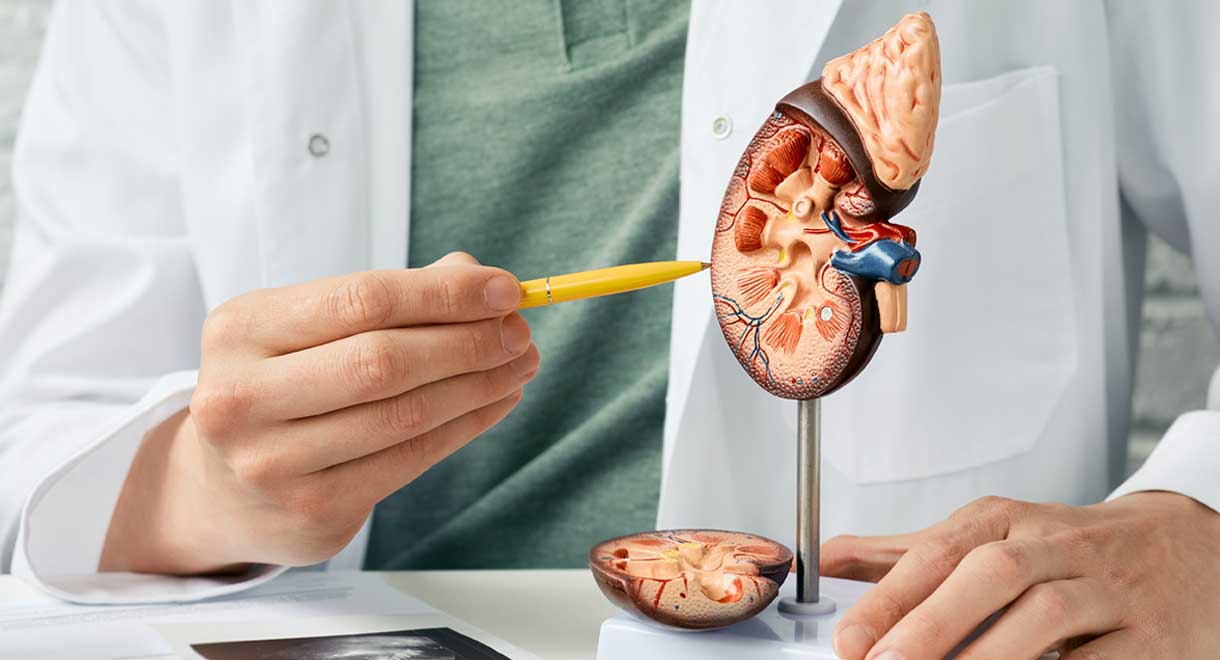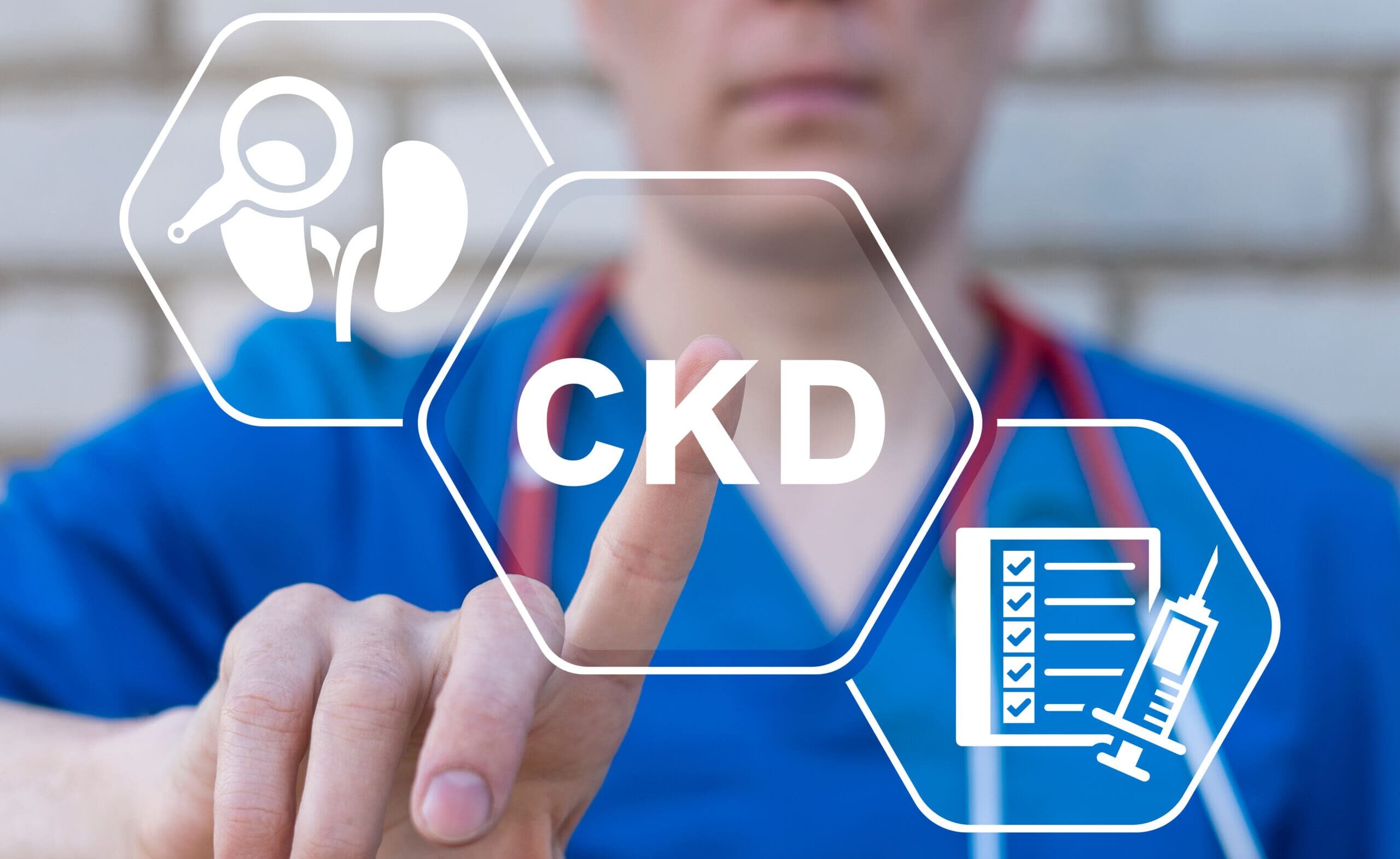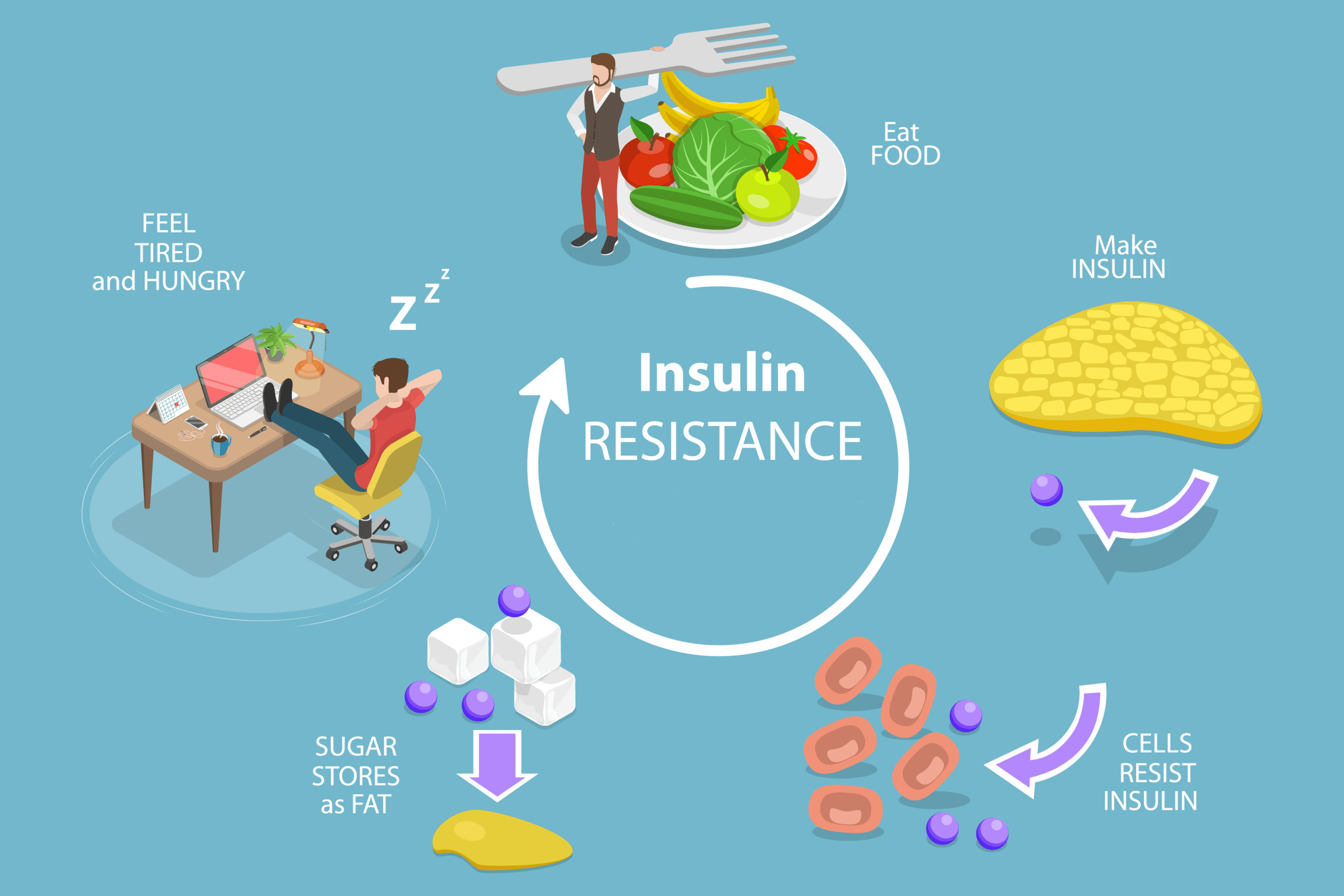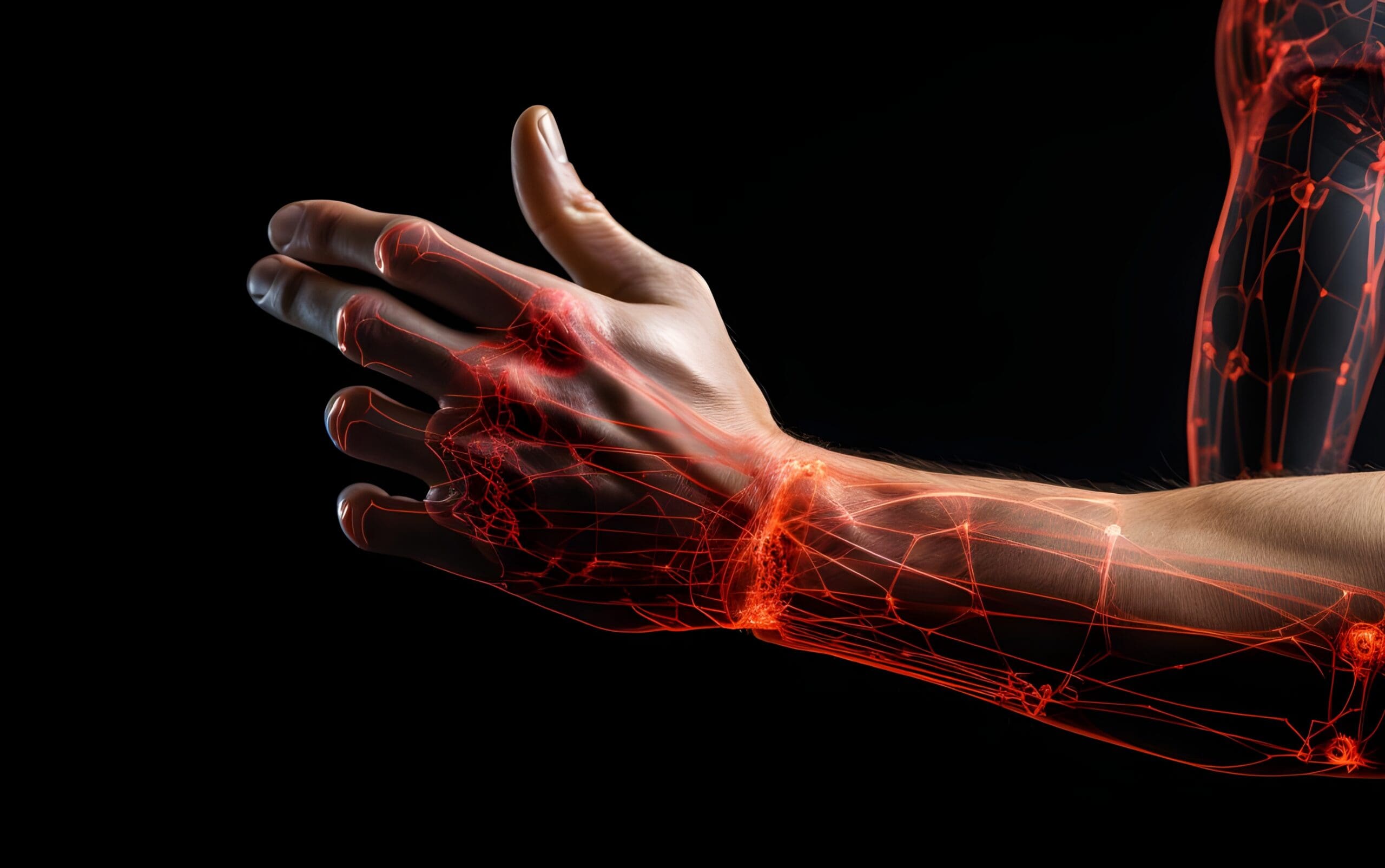Diabetics must protect their kidneys
By naturopath Margaret Jasinska
Your kidneys are very sensitive organs. Did you know that if harmed, they have a very limited ability to repair? It’s important to protect your kidneys and have their function monitored regularly. Then, if a problem is detected, there is time to intervene.
Nearly a third of people with diabetes develop kidney disease. Your kidneys function to remove waste products and excess water from the bloodstream, which are released as urine. The kidneys are comprised of a system of tubes and blood vessels called nephrons. That’s why disease of the nephrons is called nephropathy. The main structure in the nephron is a group of closely woven blood vessels called the glomerulus, which acts as a filter.
High blood sugar and high blood pressure cause damage to the glomerulus and make the tiny blood vessels leaky. People with diabetes also usually have blood vessels that are clogged with fat, impairing circulation and further increasing the risk of kidney disease. If the glomerulus has been damaged, protein will leak from the bloodstream and be lost in the urine. This protein is called albumin and its presence in urine is called microalbuminurea.
If enough glomeruli have been damaged, the kidneys cannot function properly and the patient is said to have kidney failure. If this is severe enough, the patient may require dialysis and then a kidney transplant.
People with diabetes are also more likely to have related problems like repeated bladder infections and damage to the nerves that travel to the bladder. This can cause symptoms such as urinary urgency, frequency, incontinence and needing to urinate frequently at night. Diabetics are also at greater risk of developing kidney stones, particularly uric acid kidney stones because they have very acidic urine. Obesity and insulin resistance are also associated with more acidic urine.
In people with type 2 diabetes, there is often some degree of kidney damage when they are diagnosed. This is because high blood sugar, high blood pressure and atherosclerosis are usually present for some time before the official diagnosis of diabetes is made. Mild to moderate kidney disease usually doesn’t cause any symptoms at all; however, the following symptoms are possible:


- Weight gain
- Swelling of the face, feet and hands
- Muscle twitching
- Abnormalities in the heart’s rhythm (this is because of high levels of potassium in the bloodstream)
If kidney disease becomes more severe, the kidneys cannot remove waste from the bloodstream. A high level of toxins in the bloodstream is called uremia. It causes people to be confused, disoriented or comatose.
Kidney disease is diagnosed through blood tests and urine tests; that’s why you should have your kidney function checked every year if you are a diabetic. Normalising blood pressure and blood sugar are the most effective ways of avoiding diabetic kidney disease. If you are a diabetic, the closer you can get your blood sugar to normal, the lower your risk of suffering diabetic complications such as kidney disease. Sugar can enter your body through your mouth, and your liver produces small amounts of sugar. Carbohydrate rich foods like bread, pasta, rice, fruit, potatoes, breakfast cereals and any food made of flour will raise a diabetic’s blood sugar. If you can keep your blood sugar stable throughout the day and avoid crashes in blood sugar, your cravings should be greatly diminished. This is easier if you consume protein-rich foods such as meat, seafood, poultry or eggs at each meal, along with natural fats, which are satiating.
There is a great deal of helpful information in our book Diabetes Type 2: You Can Reverse It. In the vast majority of cases, type 2 diabetes is reversible.









Leave A Comment